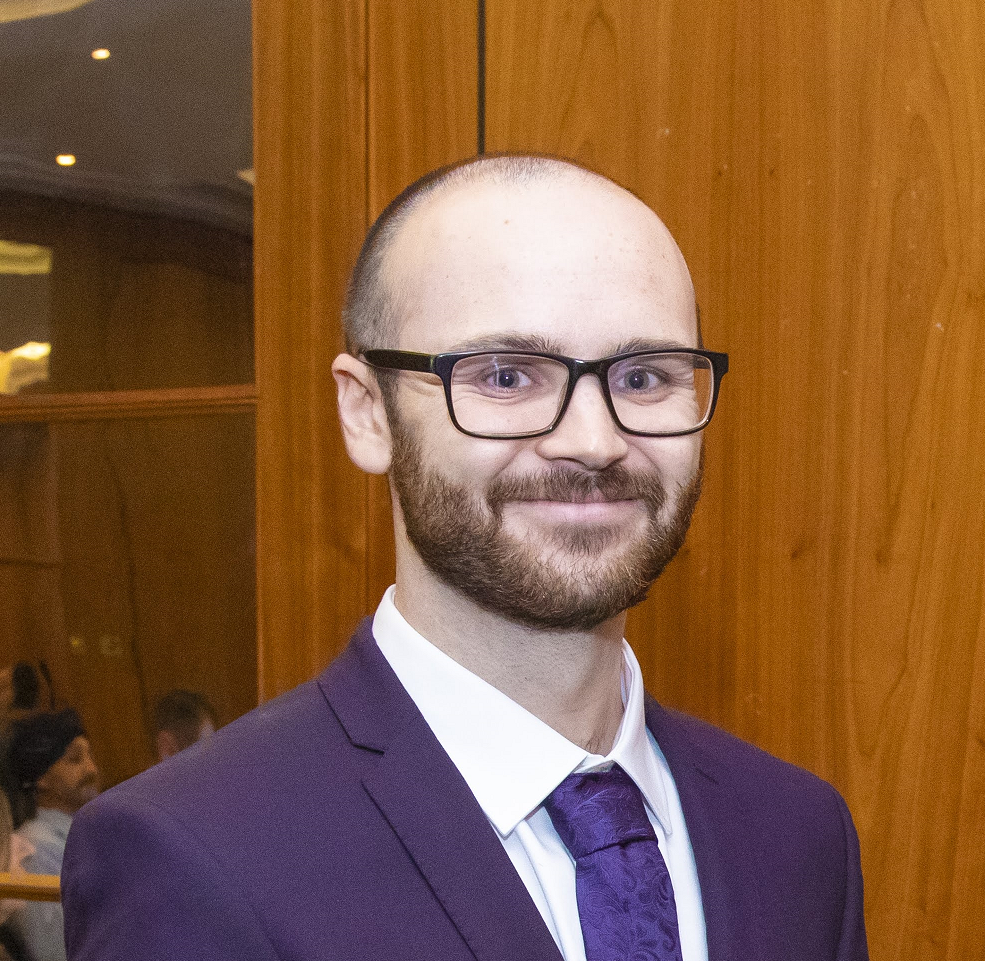About

Jon Holdship
I'm a London-based Astrophysicist, mixing numerical modelling with observational work and data science techniques. Following a couple of industry fellowships, I have begun to apply my data science knowledge, working part time as a data scientist for a major London NHS trust. I'm also a huge fan of outreach and teaching.
Away from science, I'm a keen runner, programmer and tabletop gamer. I've included a couple of projects around these hobbies on my other projects page.
Experience
Leiden University
Senior PDRA
January 2020 to Present
As a postdoc at Leiden Observatory, I do research centred around the application of machine learning to Astrochemistry as part of the MOPPEX project . The ultimate goal of which is to produce a single tool which can be used to infer important physical parameters of galaxies from molecular observations.
As a researcher, I'm interested in the use of astrochemical models to interpret observations and improve hydrodynamical simulations. I'm particularly interested in the use of Bayesian inference to provide some rigour to this process as well as machine learning to help us overcome computational hurdles.
As a researcher, I'm interested in the use of astrochemical models to interpret observations and improve hydrodynamical simulations. I'm particularly interested in the use of Bayesian inference to provide some rigour to this process as well as machine learning to help us overcome computational hurdles.
Guy's and St Thomas' NHS Foundation Trust
Senior Data Scientist
January 2020 to Present
Concurrently with my Astrophysics PDRA position, I work as a data scientist at a major London hospital trust. My role includes liasing with clinicians and other stakeholders to determine how our analytics team can best achieve their goals, building machine learning models where appropriate, and mentoring junior analysts.
There are many areas in medicine where knowing something ahead of time would be of immense use. Whether its alerting clinicians to patients who are likely to suffer from something which can go under the radar such as septic shock in paediatric infection cases or highlighting patients who may need specialist care, machine learning can be used to reduce the number of missed opportunities for care and to make hospitals run more efficiently.
There are many areas in medicine where knowing something ahead of time would be of immense use. Whether its alerting clinicians to patients who are likely to suffer from something which can go under the radar such as septic shock in paediatric infection cases or highlighting patients who may need specialist care, machine learning can be used to reduce the number of missed opportunities for care and to make hospitals run more efficiently.
Guy's and St Thomas' NHS Foundation Trust
Dirac Innovation Fellow
June 2019 to January 2020
After my first PDRA position, I obtained funding for a six month fellowship funded by DiRAC. During this time, I was effectively a data scientist as Guy's and St Thomas'. I worked on proof of concept models, predicting the likelihood of a patient attending their scheduled outpatient appointments in order to demonstrate the usefulness of big data techniques in a hospital setting.
University College London
PDRA
Sept 2017 to June 2019
Immediately after my PhD, I took a postdoc position at UCL. During this time, I published the first use of Bayesian Inference applied to an astrochemical model.
Education
University College London
PhD Student
September 2014 to September 2017
I spent three years as a PhD student at UCL, developing an astrochemical model and applying it to interpret observations of the L1157 outflow. During this time, I published four first author papers and was awarded the Jon Darius Memorial Prize for outstanding postgraduate research in Astrophysics.
Imperial College London
Msci
September 2010 to August 2014
I completed my undergraduate degree in Physics at Imperial College London. My MSci project was a data reduction project, reducing Near IR photometric data in order to search for lyman alpha drop outs which could be followed up in order to ascertain whether they were high redshift galaxies.